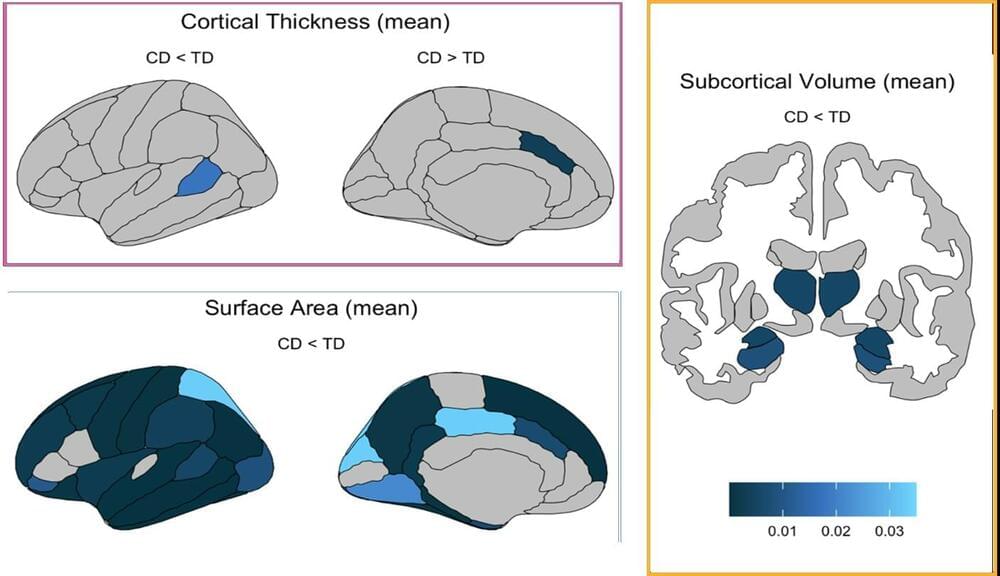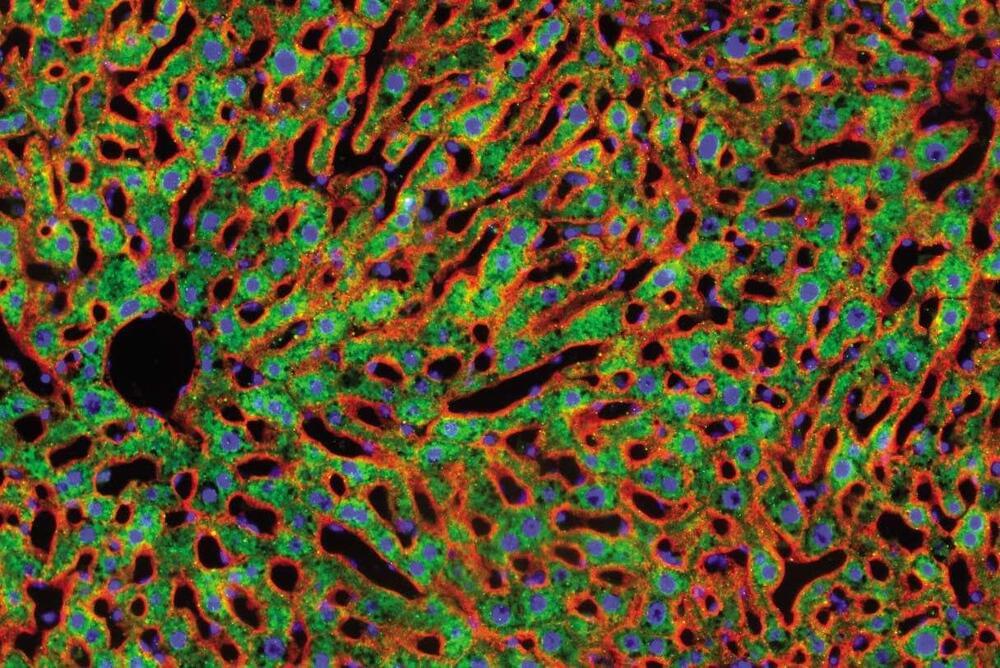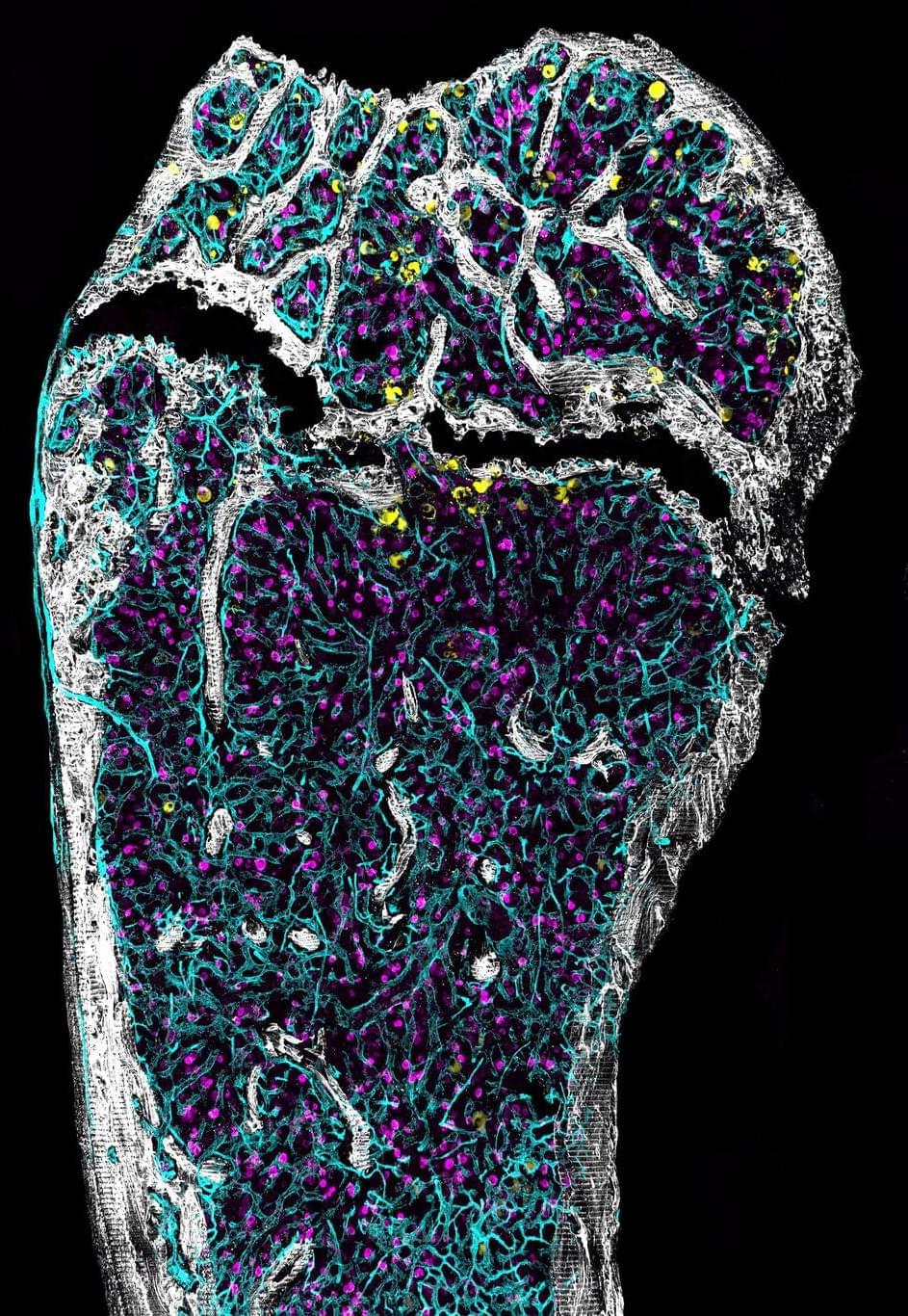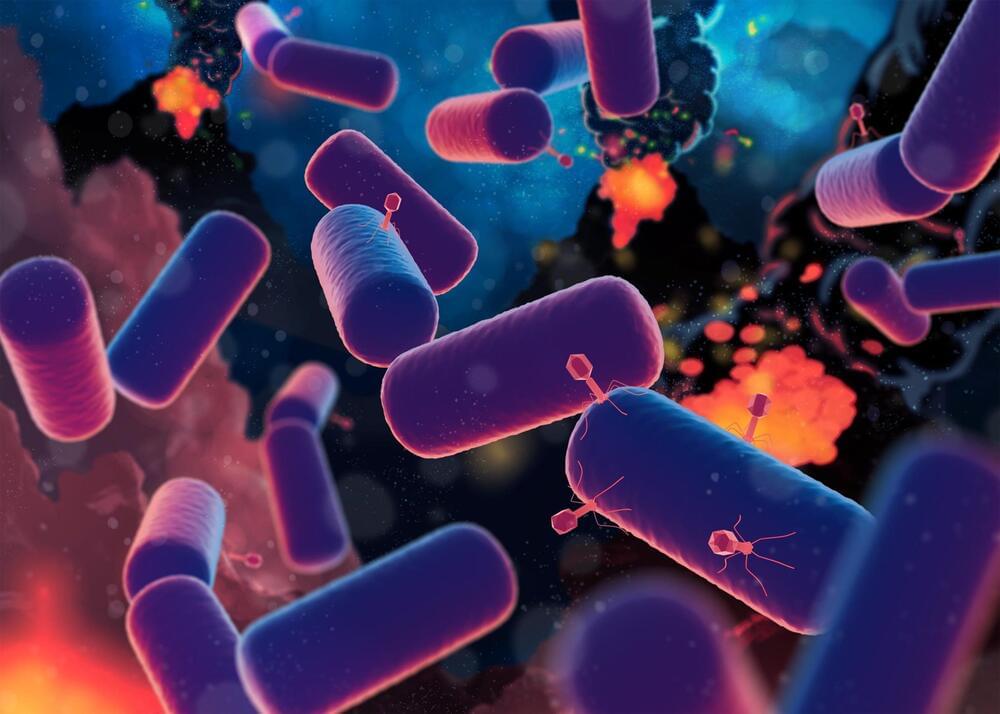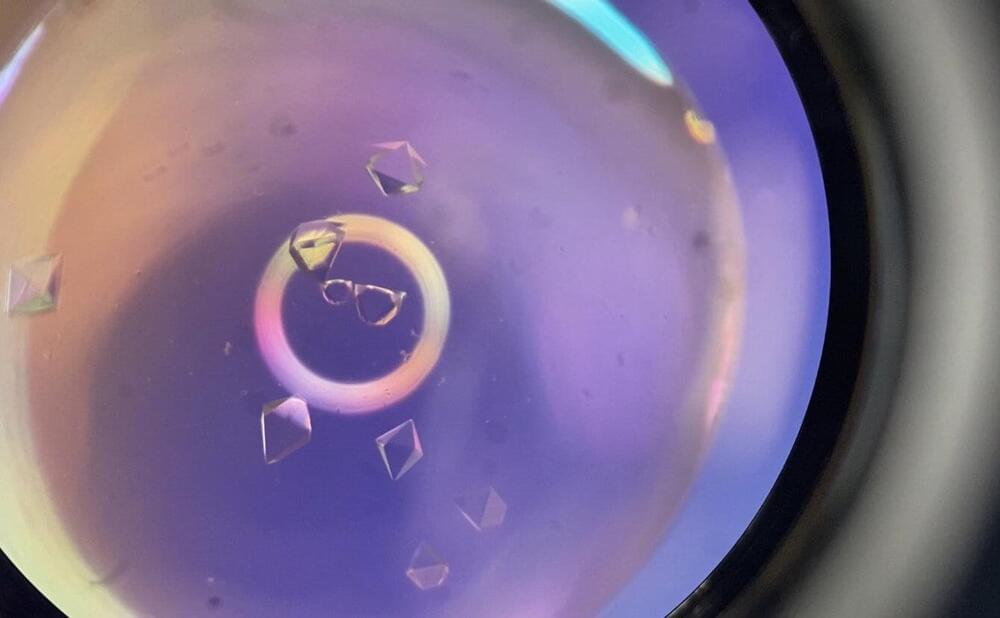“Bridge recombination can universally modify genetic material through sequence-specific insertion, excision, inversion, and more, enabling a word processor for the living genome beyond CRISPR,” said Berkeley’s Patrick Hsu, a senior author of one of the studies and Arc Institute core investigator, in a press release.
CRISPR Coup
Scientists first discovered CRISPR in bacteria defending themselves against viruses. In nature, a Cas9 protein pairs with an RNA guide molecule to seek out viral DNA and, when located, chop it up. Researchers learned to reengineer this system to seek out any DNA sequence, including sequences found in human genomes, and break the DNA strands at those locations. The natural machinery of the cell then repairs these breaks, sometimes using a provided strand of DNA.
